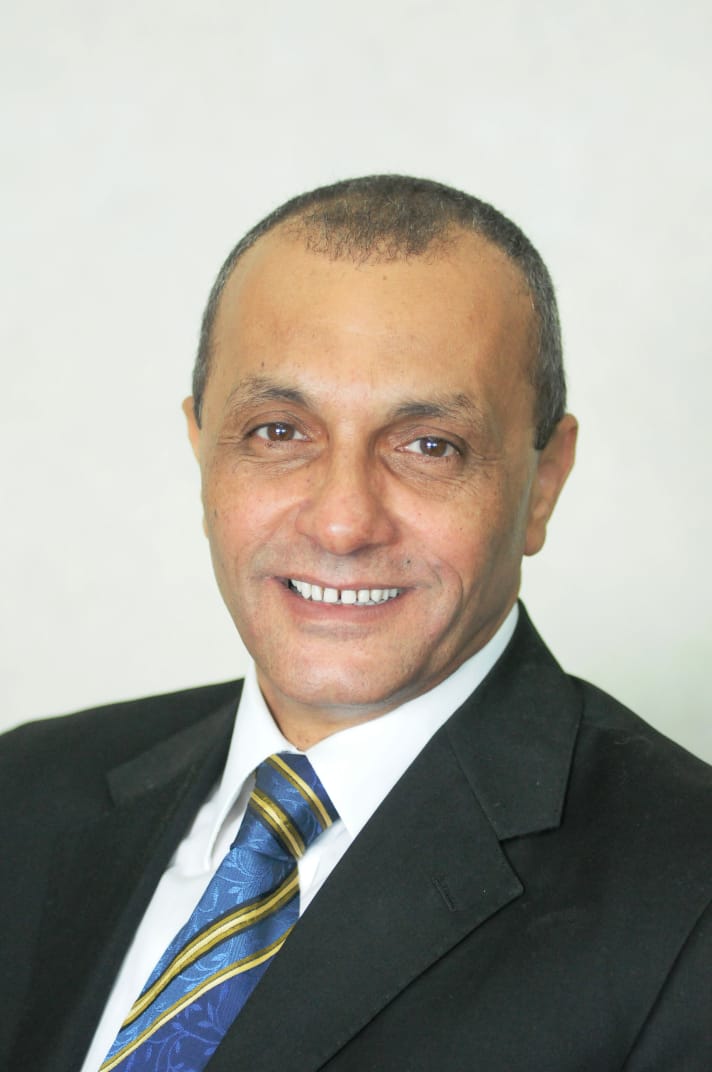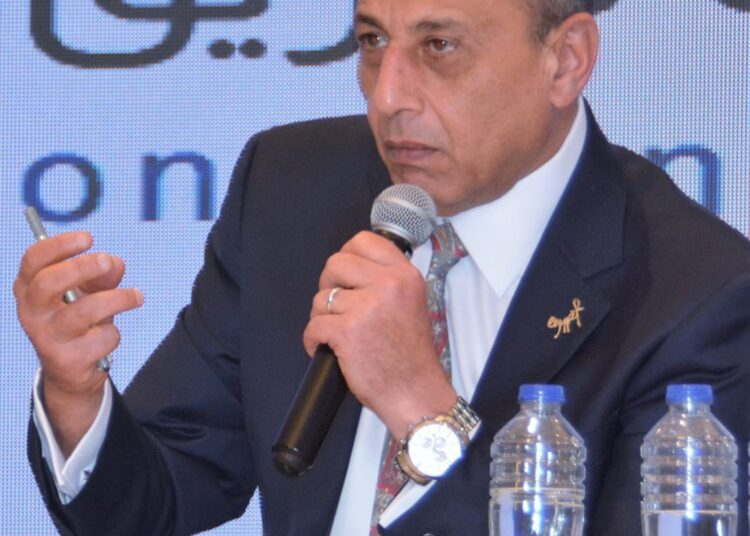
By Mohamed Attia
Minister of Civil Aviation Mohamed Abbas Helmy reviewed the ministry’s plan for the coming years at a session titled “A Roadmap to Reach 30 Million Tourists” held during an economic conference in Cairo.
The minister stressed the importance of reaching 30 million tourists and attracting more air and tourist traffic to Egyptian tourist destinations with incentive programmes that contribute to supporting the national economy and keeping pace with the Egyptian state’s vision 2030 and achieving comprehensive development goals.
The minister indicated that the aviation sector is one of the main axes in the success of economic development plans, stressing the keenness of the Ministry of Civil Aviation to enhance the role of the private sector and increase investments in various projects of Egyptian air transport activities.
The minister also stressed the importance of continuous coordination with the Ministry of Tourism and Antiquities to promote Egyptian tourist destinations, pointing out that there is no tourism without flying, with the need to target new markets that contribute to increasing air and tourism movement to Egypt and raising tourism awareness, especially for those dealing with tourists.
The minister explained that the Egyptian civil aviation sector has witnessed great challenges since 2011 and then the crash of the Russian plane in 2015, which led to great losses for the sector after the decline in air and tourism traffic.
The coronavirus pandemic and its dangerous negative repercussions then came, which led to heavy losses for the global aviation sector, which was subjected to the most serious crisis in its history and negatively affected the air transport industry.

Then came the repercussions of the Russian-Ukrainian war and its effects on the global economy, which were reflected in energy prices and the rise in jet fuel
prices.
Minister Helmy said that despite all these challenges, the civil aviation sector was able to confront them thanks to the directives of the political leadership, which gives the aviation sector great interest, as the aviation sector has gifted 4 new airports, namely the New Administrative Capital, Sphinx, Bernice and Bardawil, which will have a significant impact on increasing the capacity of airports to attract more air and tourist traffic in the coming period.
The minister has also succeeded in continuing development projects for the aviation system and establishing new projects to increase the capacity of airports. The development work included Sharm el-Sheikh International Airport and increasing its capacity to 10 million passengers annually instead of 7.5 million passengers
This comes in addition to developing the Sphinx International Airport and raising its capacity to 1.2 million passengers annually, which contributes to linking the tourist destinations and archaeological sites.
This comes in addition to raising the efficiency and development of Hurghada airport and raising its capacity to 23 million passengers.
As for the national company, EgyptAir, a member of the Global Star Alliance, the minister explained that there is a plan to increase its air fleet and expand its air network. The flights and seat capacity have also been increased to many points.
The minister referred to the Ministry of Civil Aviation’s plan, which aims to increase air and tourism traffic to Egypt by solving all obstacles facing Egyptian and non-Egyptian airlines and allowing all charter flights with low costs to land at all Egyptian airports except for Cairo International Airport, which is considered a hub.
The Ministry of Civil Aviation has also taken a package of measures to support and revitalise the air and tourism movement within the framework of joint coordination between the Ministries of Aviation and Tourism and Antiquities, establishing mechanisms to link coastal tourist resorts with archaeological sites, and launching several revitalising initiatives.
The minister also reviewed, through a presentation, the most important facilities provided by the Ministry of Civil Aviation and comparing landing fees at Egyptian airports with a number of airports of neighbouring countries and European countries, which showed that these fees decreased by a large percentage in the airports of tourist attractions in Egypt than their counterparts in these countries.
Minister Helmy confirmed that the Ministry of Civil Aviation will continue to provide more incentives to airlines, continue developing the airport system, and improving the quality of passenger services, whether upon arrival or travel.






Discussion about this post